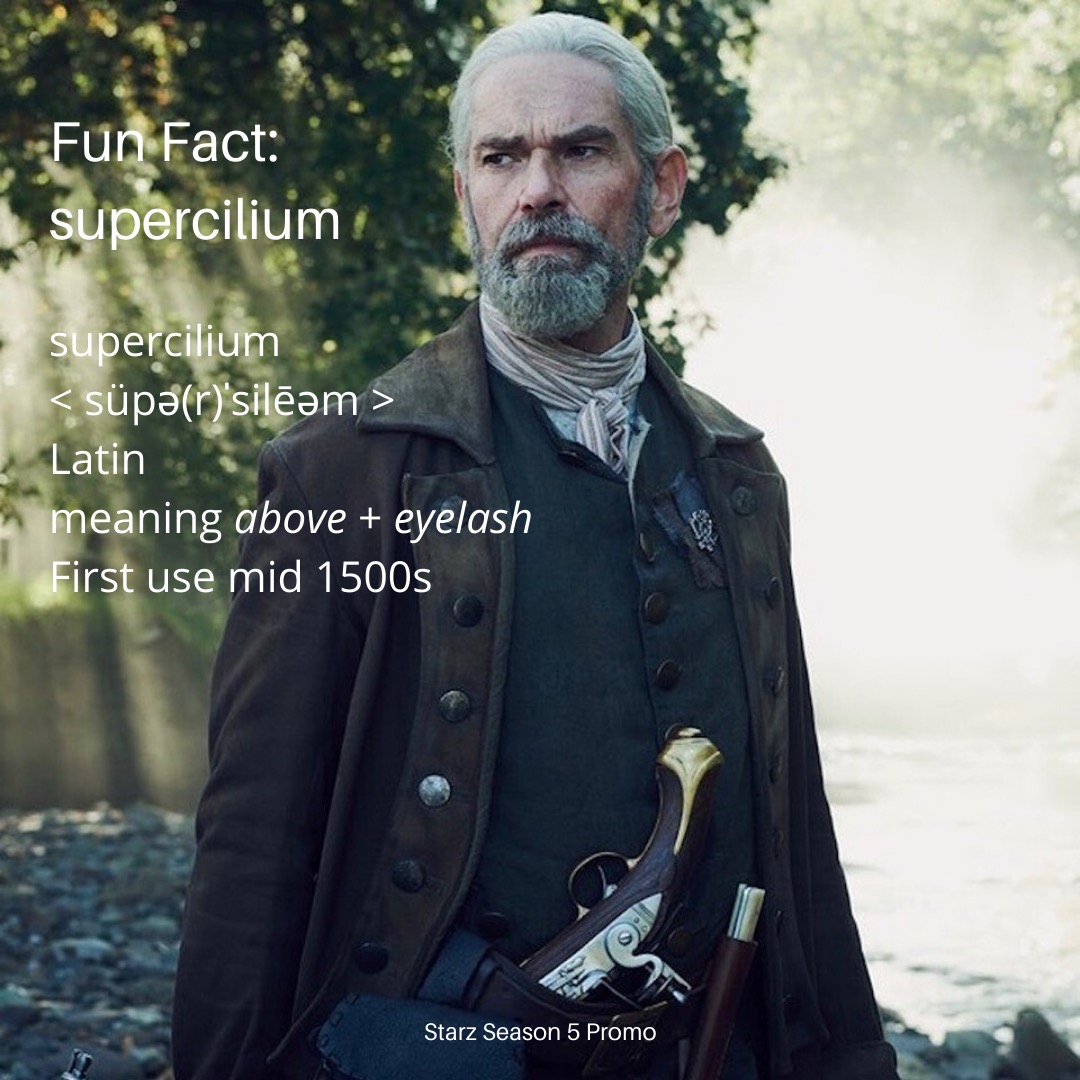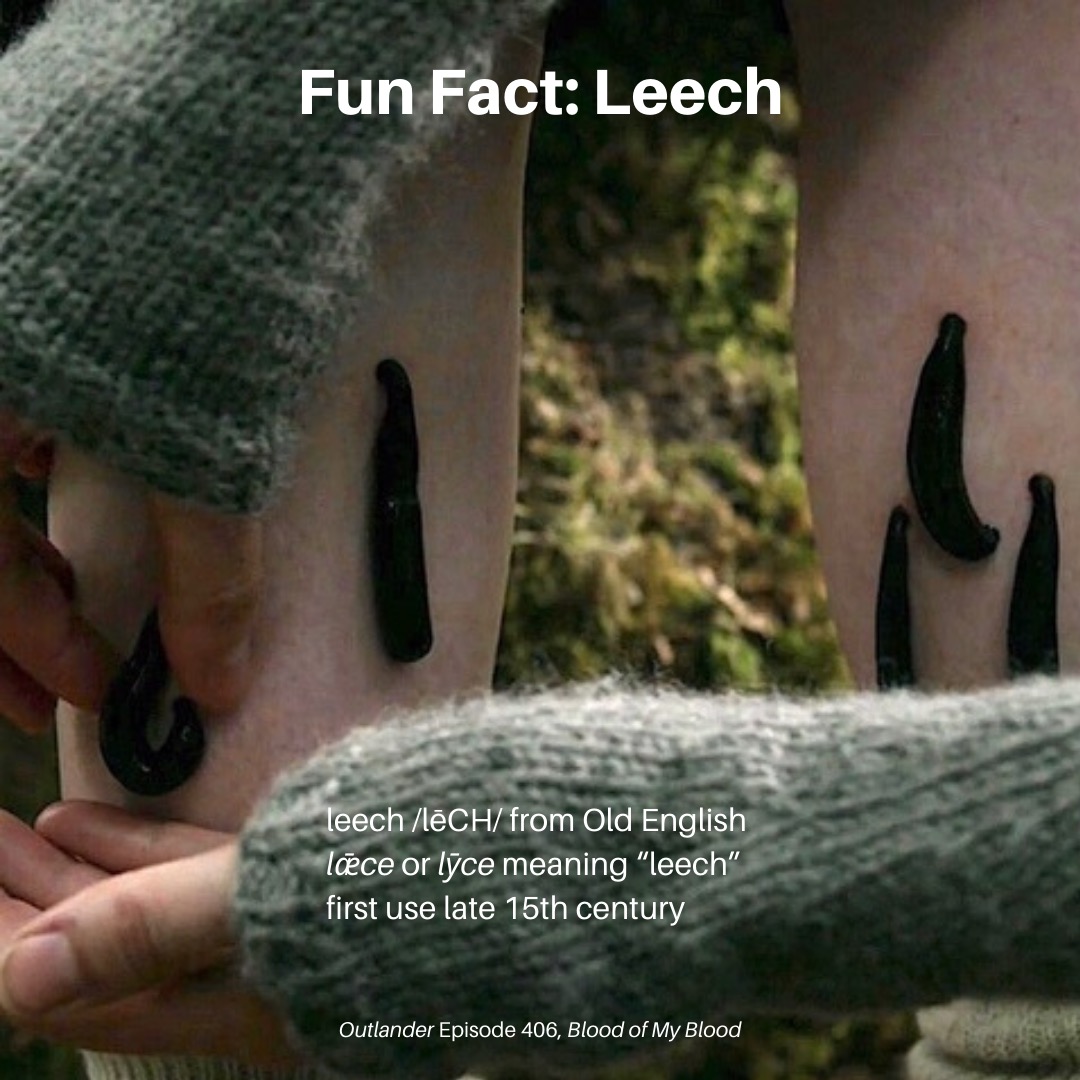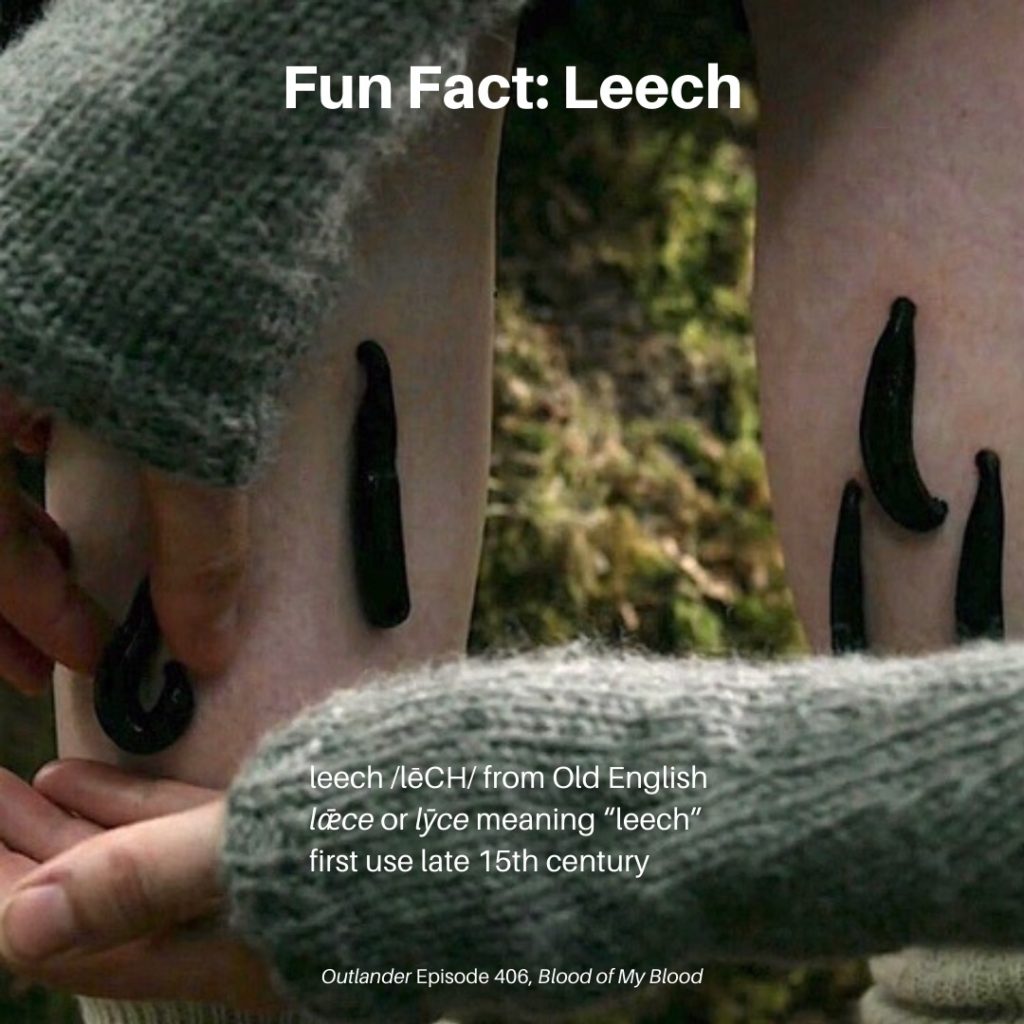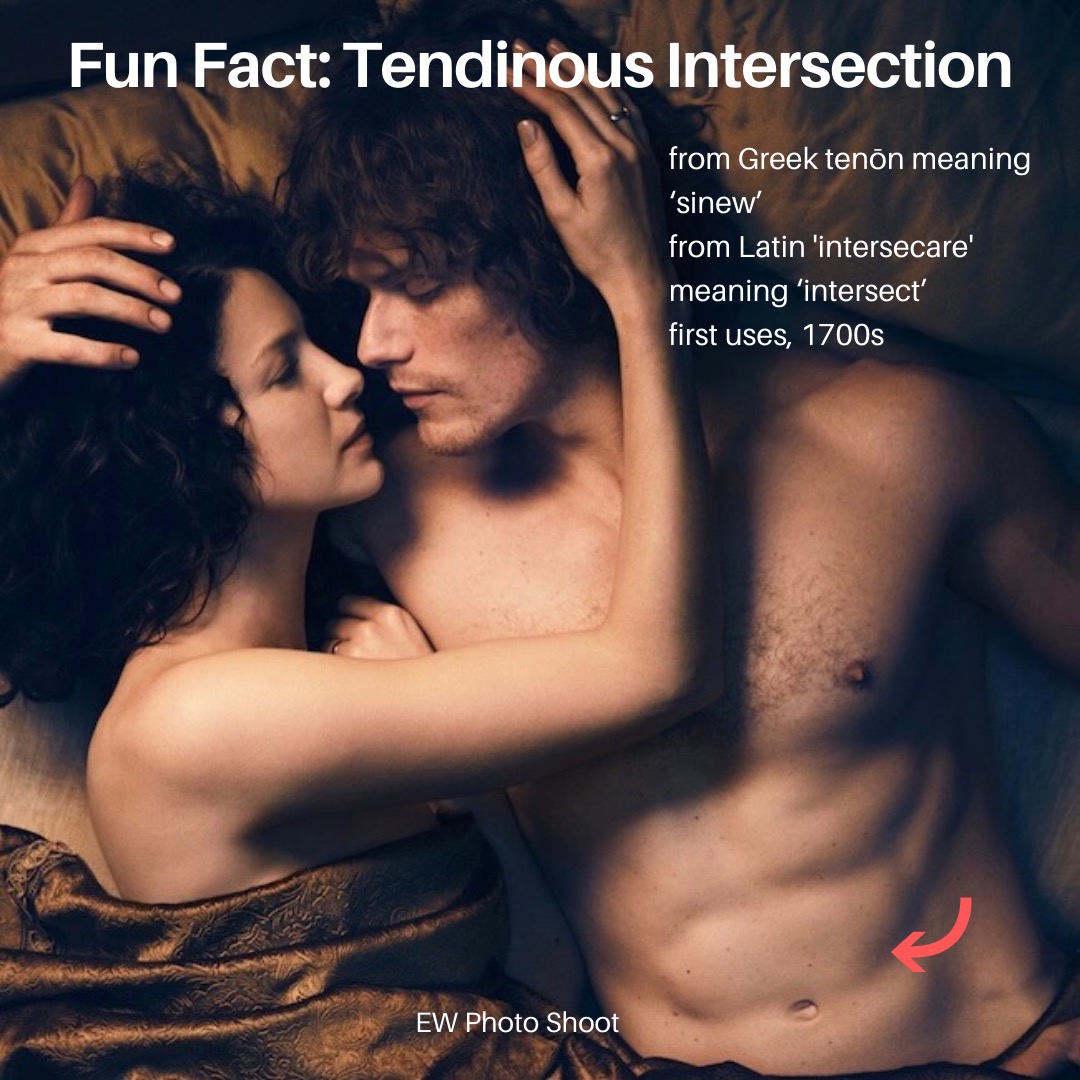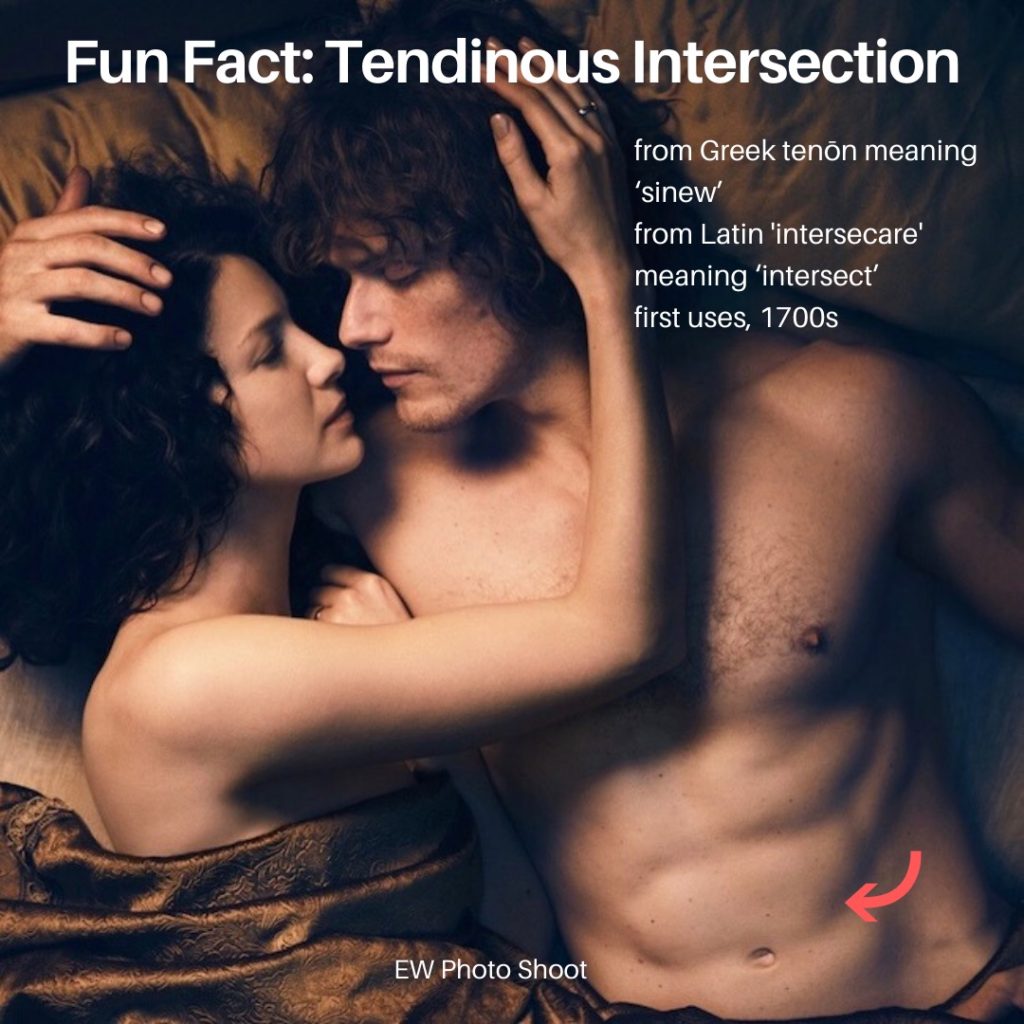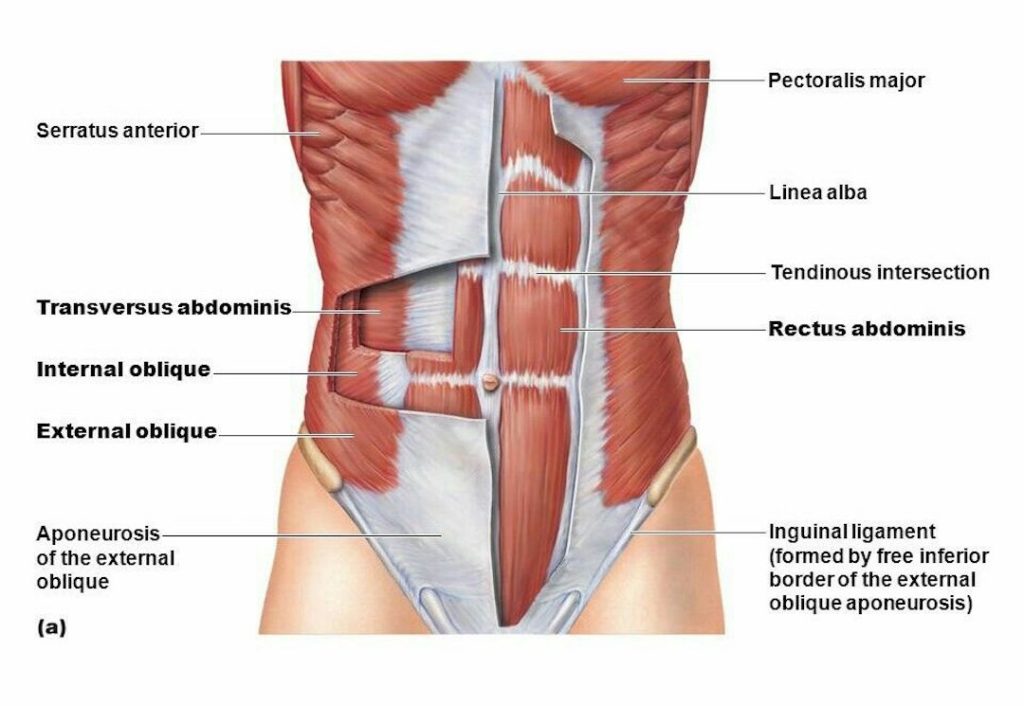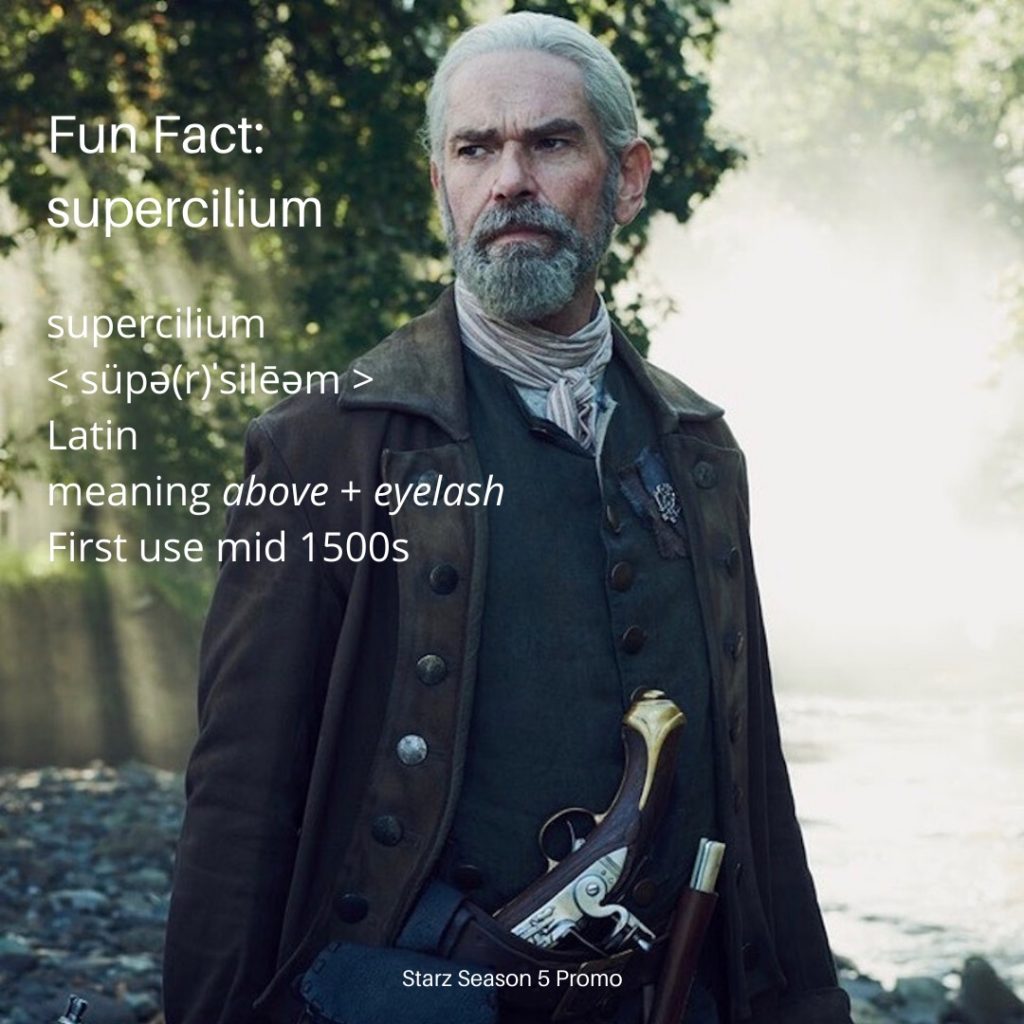
Anatomy Def: Supercilium: An eyebrow, the arch of hair above each eye.
Outlander Def: Murtaugh’s Bodacious Brows! Supersilly, huh? 😜
Learn about supercilium in Anatomy Lesson #29, The Eyes Have It!
The eyebrow or supercilium (pl. supercilia), is a linear growth of coarse hair above the eyelashes. Generally, eyebrows mimic the shape of brow ridges of the underlying (frontal) bone.
Try this: Prove it for yourself. Slowly run your fingers over the ridge of bone above each eye socket. Likely, most of your eyebrow tracks along this bony landmark. Sometimes, the eyebrow tail will deviate (up or down) as the brow ridge disappears.
Like hair of scalp, eyelashes, beard, and nether regions, brow hair is deeply embedded in the dermis of skin, a feature clearly demonstrable when viewed in a light microscope.
This deep placement of hair is very different than, let’s say, the eyelid wherein fine hairs barely reach the surface of the skin and no further – we don’t really see them. These very fine, small hairs are known as vellus hair. Eyelashes of the eyelids are different, as mentioned above.
Further, some skin regions such as lips, palms, soles of feet, nipples, and parts of the genitalia lack any hair as it would interfere with tactile sensation in these regions.
Ever wonder what eyebrows are for? We don’t actually know but here are a few theories to ponder:
- Wicks moisture (sweat or rain) away from eyes (Herophilos, 335-280 B.C.E.)
- Helps protect eyes from offending objects
- Scared predators once early hominids started sleeping on ground? 🤨
Recently, a meritorious theory has emerged that human eyebrows serve primarily as a means of communication. After we developed smooth foreheads, visible, hairy eyebrows enhanced our range of non-verbal emotions, such as concern, annoyance, anger, recognition, and sympathy.
Don’t believe it? Just take another gander at Murty’s Splendid Supercilia. These Luscious Laddies enjoy a vigorous life of their own! 😂😂😂
Fun Fact: For centuries and across many cultures, people have modified eyebrows by shaving, plucking, makeup, and ornamentation. This has been going on for a very looong time. Yep, it isna just us! 😉
Read about Murty’s Fabulous Furries in Outlander book! As early as Chapter 3, Herself conjures a remarkable mental image of Murtaugh’s facial characteristics, including his supercilia!
“I found myself staring into a pair of sharp black eyes…
And who the hell are you?” I said in astonishment. My rescuer, if I cared to call him that, was some inches shorter than I and sparely built, but the bare arms protruding from the ragged shirt were knotted with muscle and his whole frame gave the impression of being made of some resilient material such as bedsprings. No beauty, either, with a pockmarked skin, low brow, and narrow jaw…
The swarthy little man shrugged. “At the foot o’ Craigh na Dun. She was havin’ words with a certain captain of dragoons wi’ whom I chanced to be acquent’,” he added, with a significant lift of his eyebrows. “There seemed to be some question as to whether the lady was or was not a whore.”
Bedsprings? 😂
Whore? 😲
See Murty’s Bodacious Brows in every Outlander episode featuring the Glorious Godfather!
The deeply grateful,
Outlander Anatomist
Follow me on:
- Twitter @OutLandAnatomy
- Join my Facebook Group: OutlandishAnatomyLessons
- Instagram: @outlanderanatomy
- Tumblr: @outlanderanatomy
- Youtube: Outlander Anatomy
Photo Credit: Sony/Starz

